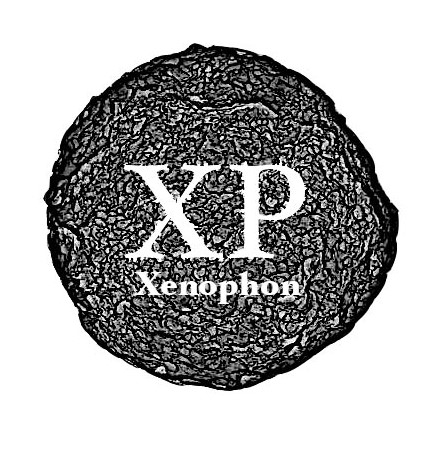McGibbon O’Lynn: Xenophon

Xenophon: Ubi Tunc Vox Inauditae Melodiae? Et Vox Inauditae Linguae? is a new installation by McGibbon O’Lynn, exploring post-human regenerative therapies. It opens in Triskel Gallery Space on Thursday 4 October at 6pm.
Visual artist Siobhán McGibbon and writer Maeve O’Lynn began their collaboration on The Xenophon Project in 2015. Together they have created a future world in which a fictional race of post-humans can enhance their anatomy and genetic make-up but continue to struggle with communication in a way that is all too human. McGibbon, who is from Cork, said, “This is an inter-disciplinary art and words project that employs sculpture, narrative, animation and technology to explore the interstices between art and science, and the future of the human species.”
The post-humans of the project attempt to communicate through means that humans can no longer understand. Despite having embraced bio-tech and animal hybridization, communication continues to pose a challenge. This dialogue will, therefore, be experienced through the mediums of poetry and music, highlighting the redundancies and inadequacies of ordinary language to form the basis of much meaningful communication, culminating, instead, with movement, animation and non-lexical song.
Belfast-based O’Lynn continued, “Xenophon is a speculative commentary on a spectrum of related bio-ethical issues: current research in bio-inspiration, regenerative medicine, stem cell applications, transhumanism, and immortality.”
Xenophon: Ubi Tunc Vox Inauditae Melodiae? Et Vox Inauditae Linguae is part of McGibbon O’Lynn’s on-going Xenophon Project collaboration and is inspired by the work of twelfth-century Catholic mystic and noted natural historian Hildegard von Bingen, who developed one of the first invented languages, Lingua Ignota, for purposes unknown; perhaps to communicate with people and societies far in the future.
- Monday–Thursday 4–9pm
- Friday–Sunday 11am–6pm
